Biology and Ecology: This plant may reproduce asexually by rhizomes that send shoots, but individuals that have reproduced sexually do occur in some populations. Please refer to Environment Canada (2015) and Ursic et al (2010) for a detailed
description of Spotted Wintergreen biology and ecology. Jolly and Plaskett (pers. obs. 2017) observed Pearl Crescent (Phycoides tharos) land on flowers, while Carpenter Bee (Xylocopa spp.) were noted pollinating flowers during the 2017 population survey. Ursic et al (2010), however, cited several Bombus spp. pollinating flowers.
Population Size: Seven hundred and thirty one records representing 10 EO records exist in the NHIC database (2017). Jolly and Boyes conducted a population survey on the St. Williams (Nursery) (Environment Canada 2015) population in 2014. There were 1151 stems, which was lower than the 2007 survey reported in the 2010 MNRF recovery strategy (i.e., 1923 stems). In 2017 Jolly and Plaskett observed a significant improvement in this population, counting 2948 stems, with 1309 flowers.
The bulk of these plants resided within the naturalized coniferous plantation from the era when the forestry station grew and planted Red Pine (Pinus resinosa). Trees were used to help stablize top soils blown away after clearing the land during the Great Depression.
Habitat & Soils: Ecological Land Classification (ELC) data for Spotted Wintergreen has been collected from 6 ecosites:
. Dry-Fresh Oak Deciduous Forest Ecosite (FOD1);
. Dry Fresh Oak Maple Hickory Deciduous Forest Ecosite (FOD2);
. Fresh Moist Poplar Sassafras Sucessional Deciduous Forest Ecosite (FOD8);
. Fresh Moist Oak Maple Hickory Deciduous Forest Ecosite (FOD9);
. Dry Fresh White Pine Hardwood Mixed Forest Ecosite (FOM2);
. Coniferous Plantation Ecosite (CUP3).
Threats: Spotted Wintergreen populations in Ontario are threatened by forest management, competition with other plant species, trampling/soil compaction, waste disposal, collecting,
and animal foraging (Ursic et al 2010).
Recovery: A recovery strategy has been compiled by Ursic et al
and published by the Ontario Ministry of Natural Resources and Forestry (MNRF). A government response statement is also available and Environment Canada published a status report in 2015 which integrated the
provincial document.
Biometrics:Spotted Wintergreen is a low growing evergreen herb that can grow up to 14 - 19.8 centimetres
high. Flowers number 2 - 7 per head. They possess 5 creamy white petals with up to 10 stamen and a lime green pistil that expands into the fruit after fertilization. Flowers hang down from bent stalks in an umbrella-shape fashion.
This plant has one to three leaves. The bottom leaf measures 1.7 cm wide by 5.8 cm long. The middle leaf is 7.4 cm wide by 8.8 cm long. The upper leaf is 2 cm wide by 7 cm long.
Seed pods may be 0.7 cm long.
Environmental Protection:This species is protected as endangered and a Schedule 1 plant under the federal Species at Risk Act. Provincially, Spotted Wintergreen received designation as endangered and protection in 2004 and 2008 under the provincial Endangered Species Act.
References:
1. Environment Canada. 2015. Recovery Strategy for the Spotted Wintergreen (Chimaphila maculata) in Canada. Species at Risk Act Recovery Strategy Series. Environment
Canada, Ottawa. 26 pp. + Annexes
2. Jolly, D.W. 2015. Species at Risk trees, shrubs and wildflowers of Ontario - volume 1 (revised). EARTHQUEST (Canada) for the Environment. Port Burwell. 193 pp.
3. Ursic, K., T. Farrell, M. Ursic and M. Stalker. 2010. Recovery Strategy for the Spotted Wintergreen (Chimaphila maculata) in Ontario. Ontario Recovery Strategy Series.
Prepared for the Ontario Ministry of Natural Resources, Peterborough, Ontario. vi +
28 pp
Distribution:Extant populations are estricted to Essex region, Haldimand county as well as Niagara region.
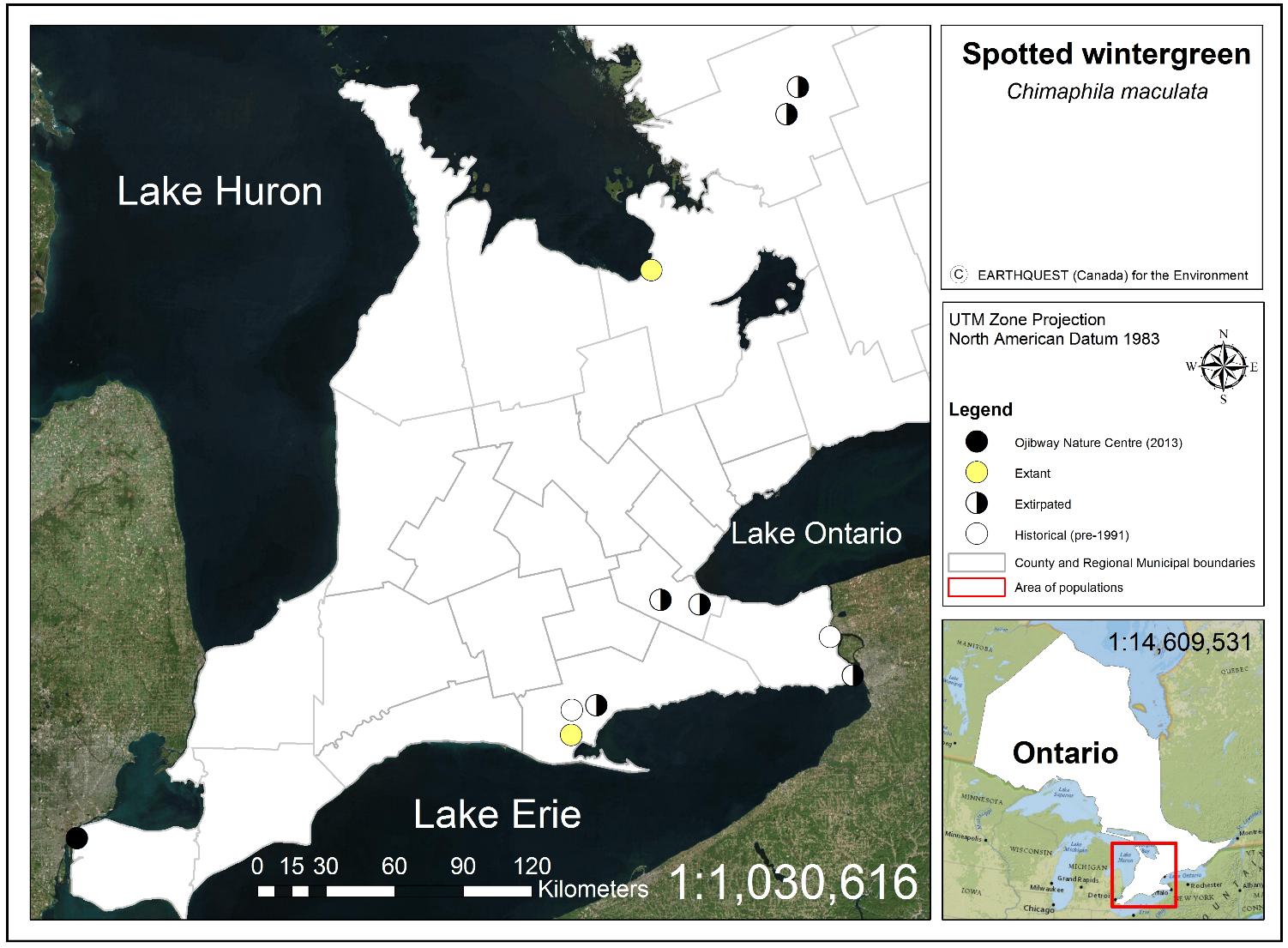
FBT terrestrial plant courses
Purchase your copy of my book on the flora and fauna of the Niagara Escarpment World Biosphere Reserve
$27.50 CAD + shipping and handling
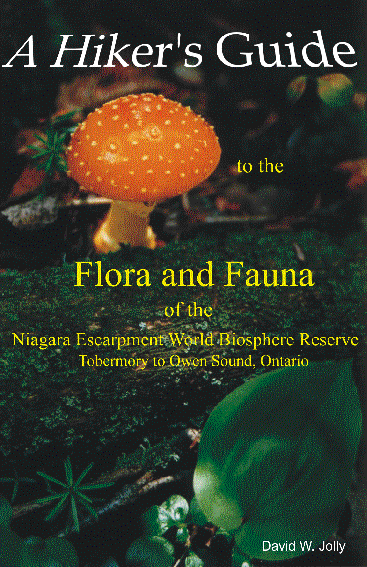
Photo: Dave Jolly
for more information please click on;
Bruce book


 E-mail: earthquestcanada@yahoo.com
E-mail: earthquestcanada@yahoo.com
To order books, data and contribute information please contact:
Senior Instructor/Ecologist/Consultant & President
D. Jolly, B.Sc.
EARTHQUEST (Canada) for the Environment
Tel: 226-926-1470
©copyright EARTHQUEST (Canada) for the Environment
| Website designed and maintained by D. Jolly
Last Updated 1/7/17 |
|

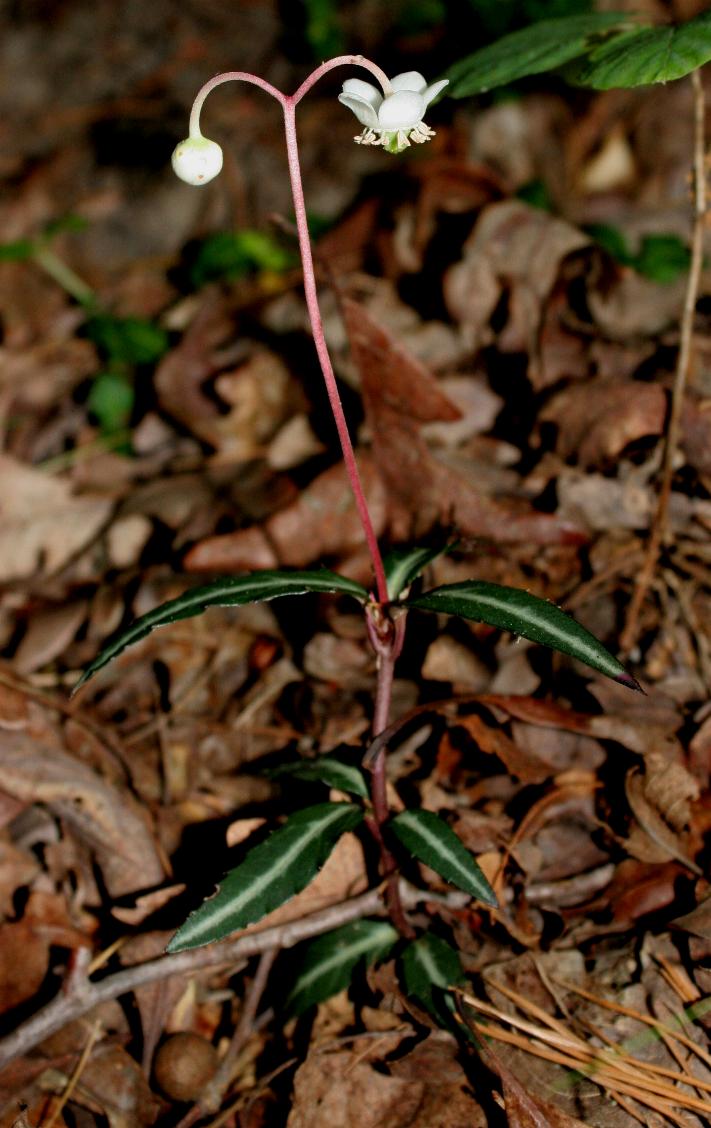
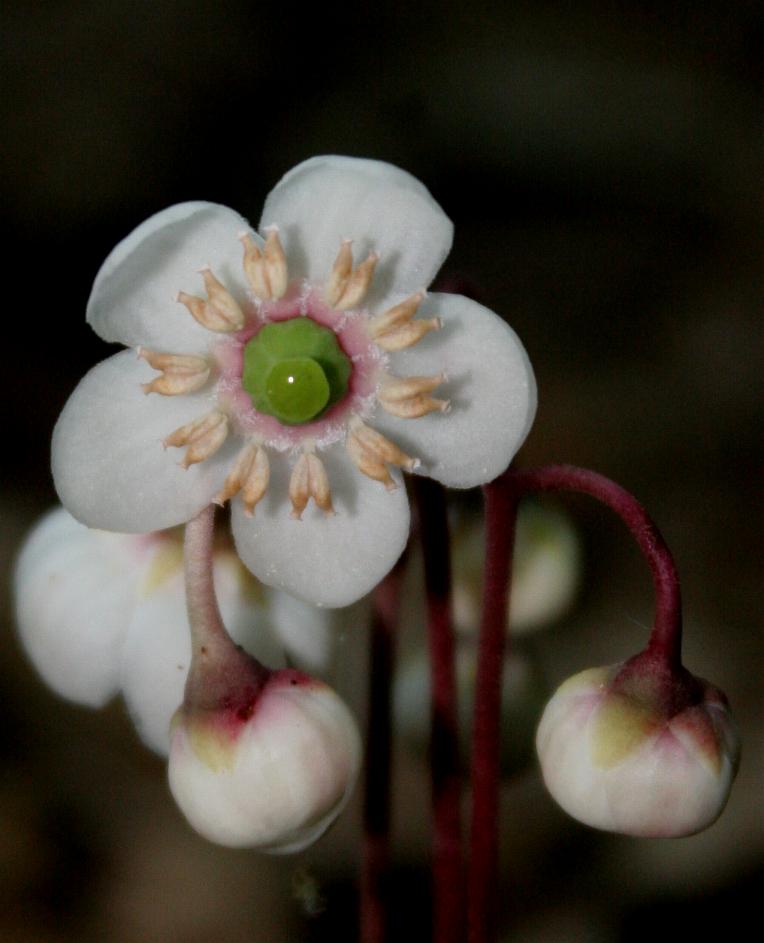
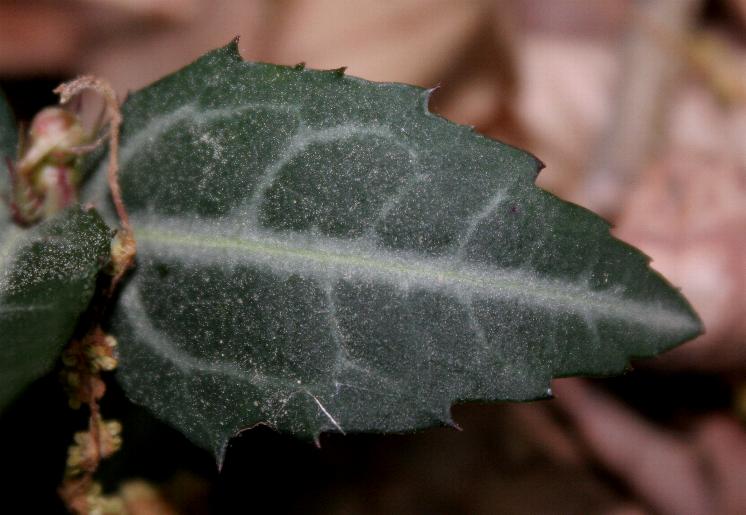
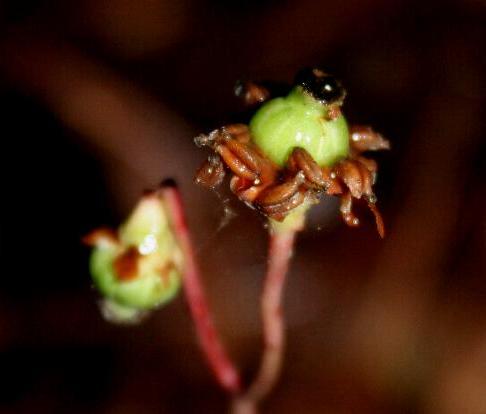
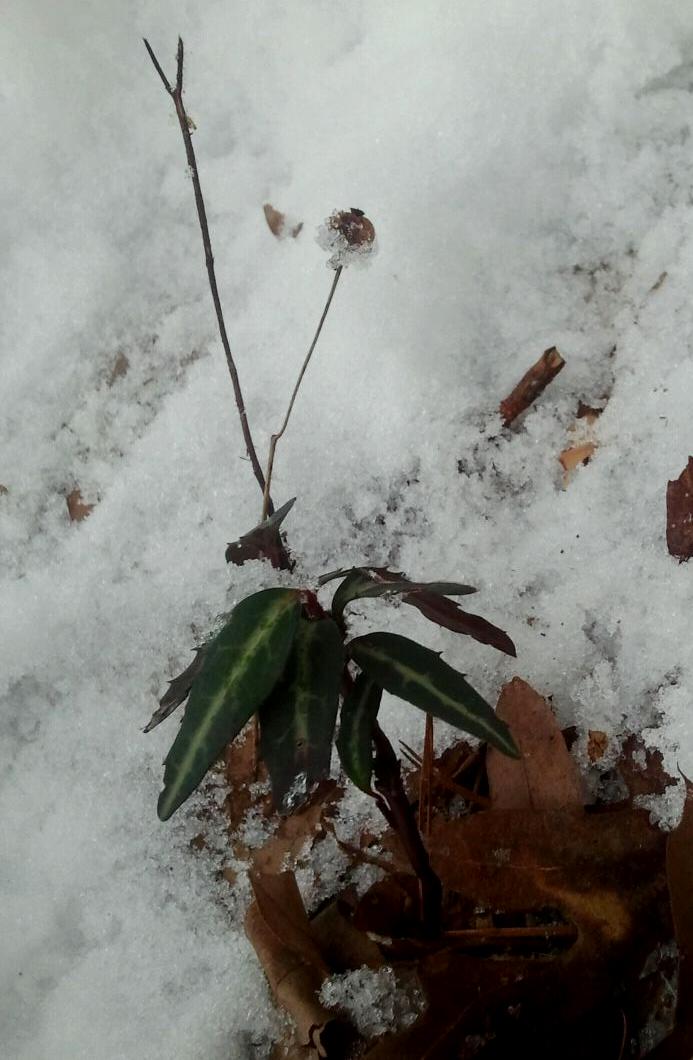
 EARTHQUEST (Canada) for the Environment
EARTHQUEST (Canada) for the Environment





